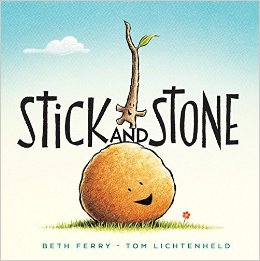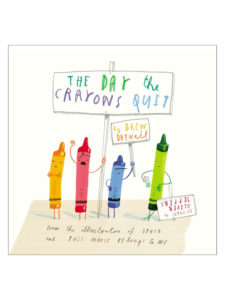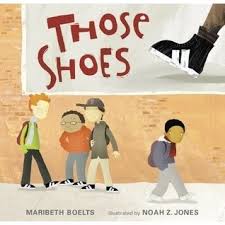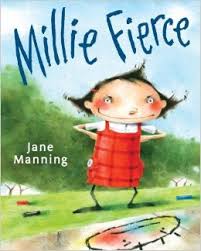“That’s not fair!” your 4 year-old proclaims. “Why do I have to share?” Being “fair” to a young child means getting what he wants, when he wants it. Your child’s world is constructed with your child prominently in the center and other people and activities revolving around him.
She is the center of her own reality, as she should be. From this place of being sure of herself when she is young, she can begin to imagine how others feel and develop a sense of empathy. This is a natural progression in a child’s development as she approaches her 5th birthday and will continue into adulthood. Having empathy helps us define our own beliefs and appreciate others.
You can encourage and support your child’s growing awareness of other points of view by noticing real life examples. Talk about how other people might feel. Read stories that about conflict and resolution. Discuss how each person has to consider what others are thinking. Why does your child feel strongly about something and then how and why do others feel differently? Is there a right way or a wrong way to think?
Here are some children’s books that offer opportunities to explore empathy and help your child develop compassion.
 “Stick and Stone” by Beth Ferry, illustrated by Tom Lichtenheld. The rhyming text is brief on words, but big on meaning. The simple chalk illustrations show how tall and skinny Stick and short and round Stone become unlikely friends. Through a series of incidents they help each other, come to the rescue, and stand up for each other. In the end they appreciate each other’s differences and find that they are bonded in friendship.
“Stick and Stone” by Beth Ferry, illustrated by Tom Lichtenheld. The rhyming text is brief on words, but big on meaning. The simple chalk illustrations show how tall and skinny Stick and short and round Stone become unlikely friends. Through a series of incidents they help each other, come to the rescue, and stand up for each other. In the end they appreciate each other’s differences and find that they are bonded in friendship.
“The Day the Crayons Quit” and “The Day the Crayons Came Home,” by Drew Dewalt, illustrated by Oliver Jeffers. You may think that crayons don’t have much of an opinion, however, in these stories, each color crayon has its own personality and a lot to say! Telling the story from the perspective of the crayons opens up ideas for children about other viewpoints. If toys, pets, or even furniture could talk, what would they say?
“Those Shoes” by Maribeth Boelts, illustrated by Noah Z. Jones. Jeremy really wants a new pair of the trendiest shoes—black with 2 white stripes. Everyone has them except Jeremy, who gets practical boots instead. Jeremy is faced with the judgment  of his classmates, but then finds the need to be compassionate to someone else.
of his classmates, but then finds the need to be compassionate to someone else.
“Millie Fierce” and “Millie Fierce Sleeps Out” by Jane Manning. Millie knows she has a temper and finds out what happens when she “lets her fierce out.” Millie has to work hard on her self-control because she knows that her point of view is not how everyone else sees the world.  Watercolor illustrations are delightfully loose in structure and color but show the details of Millie’s complex life.
Watercolor illustrations are delightfully loose in structure and color but show the details of Millie’s complex life.
“Yoko,” by Rosemary Wells. Yoko the kitten brings her favorite lunch to school–sushi. But Yoko’s classmates think her lunch of raw fish wrapped in seaweed is strange. When she brings out her red bean ice cream she is called a weirdo. Her teacher arranges for an International Food Day at school and the students soon realized the value of trying everything and appreciating each other’s backgrounds.
This article was also published in the Ithaca Journal, March 16, 2017.